This Greenpoint Church Was Designed by a Well-Known Medieval Gothic Revivalist Architect
This stone church on Kent Street in Greenpoint is not as modern as it may appear at first glance.

Editor’s Note: This post originally ran in 2012 and has been updated. You can read the previous post here.
This stone church at 127 Kent Street in Greenpoint is not as modern as it may appear at first glance. Built in 1866 in the English Gothic Revival style, the Church of the Ascension was designed by a popular church architect who advocated a revival of Medieval Gothic architecture.
The church was organized in 1846. Their first services were held in a meeting room at a nearby Dutch Reformed Church and in parishioner’s parlors. In 1852, the congregation obtained land on what was then K Street, and in 1853, a wooden lecture hall and Sunday school were built.
But by the 1860s, the population of Greenpoint had soared, as did the number of Episcopalians, and a larger church was needed. Funds were raised, and through the generosity of local shipbuilders, J.W. Valentine and Thomas Fitch Rowland, the building committee was able to hire architect Henry C. Dudley to design the new church.
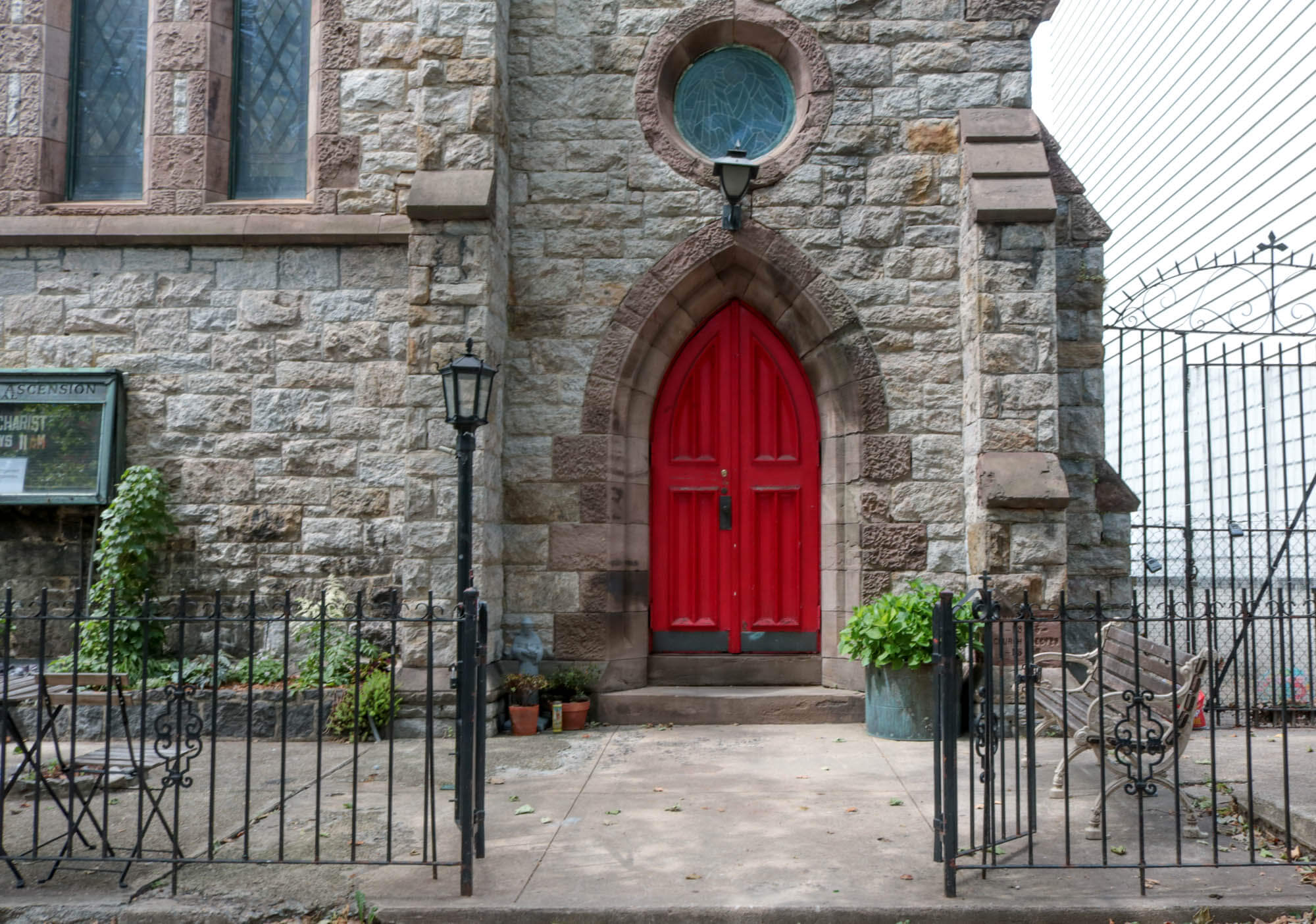
The name Henry C. Dudley was a new one to me, and I learned that he was a major 19th century church architect here in America. He was born in 1813, and educated in England, where he worked for Gothic Revivalist architect John Heyward, called by his peers “the senior architect in the west of England.” Under Heyward, Dudley became a member of the Ecclesiological Society, a group of architects who espoused a return of the architecture used in the Medieval Gothic churches of England and France.
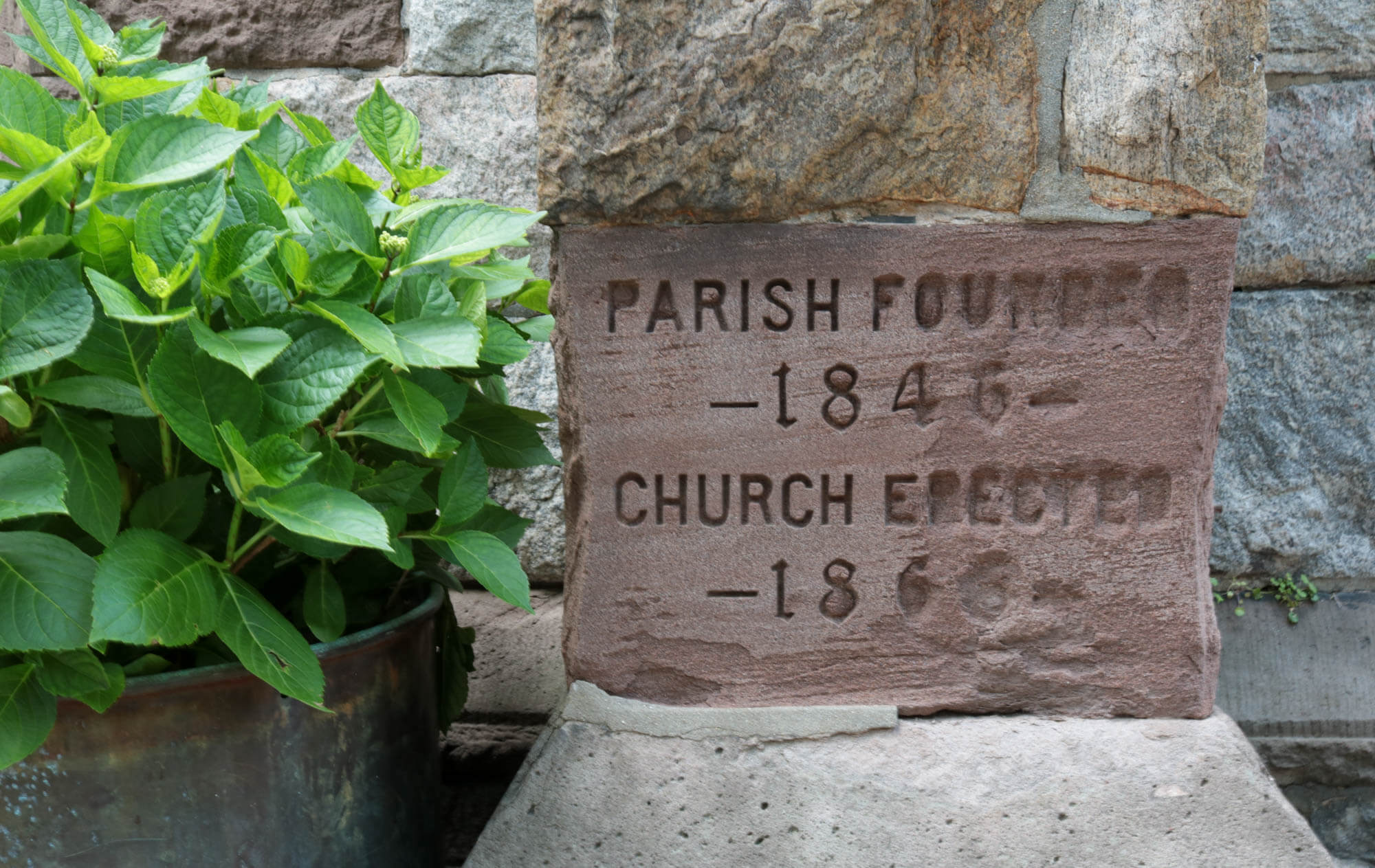
Dudley immigrated to America in 1851, and joined other English-born Ecclesiologists, like Richard Upjohn and Frank Wills, in forming the New York Ecclesiological Society, which published a magazine; New York Ecclesiologist, the first American magazine devoted to architecture and design. The Ecclesiologists were adamant in setting high standards for church architecture, although not quite as dogmatic as their counterparts still in England.
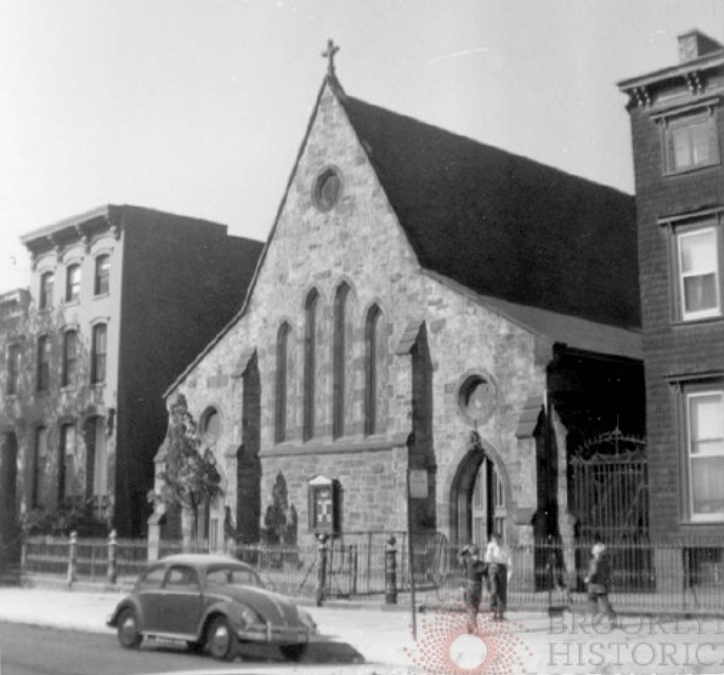
They insisted on what they called “honest materials” in their churches — no inexpensive materials replacing better building materials, especially plaster masquerading as marble in false ribs and buttressing, or painted to look like stone. There would be no fakery in their buildings. They also believed in delineating each interior portion of the church on the exterior of the church, so that the nave, baptistery, side aisles, etc., are all clearly seen from outside, within the confines of the lot allowed for the church.
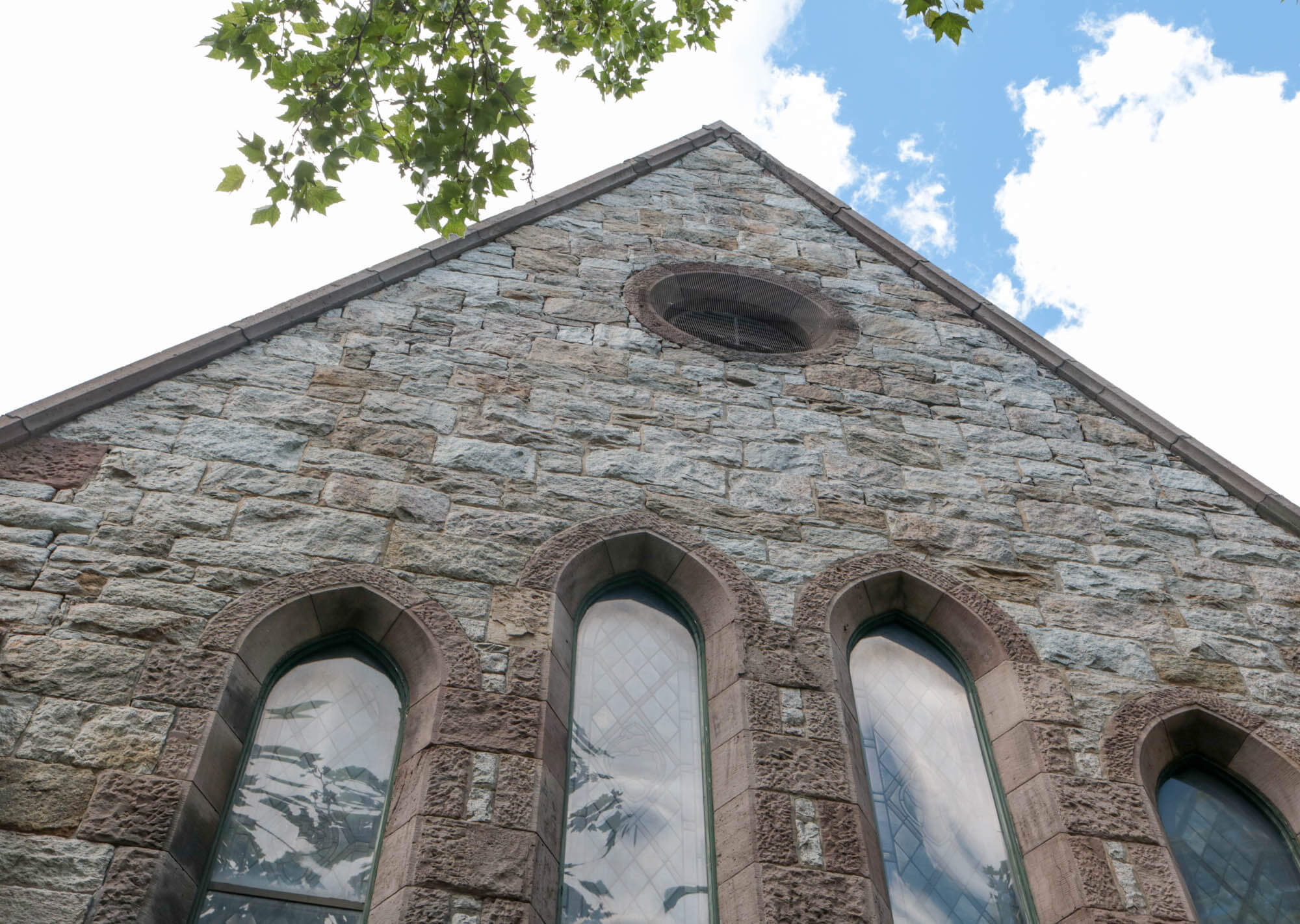
Here in Greenpoint, Dudley designed a Gothic Revival church, with the central nave and side aisles clearly marked by the rooflines. The church is made of rough-cut granite, laid in a random pattern, and it once had a slate roof, now replaced by asphalt shingles. Because of space restraints, Dudley chose to make two side entrances instead of a central entrance, each with a pointed arched door with a roundel window above it.
The result is a very charming English style Gothic parish church. The Victorian Gothic movement had made an impression on Dudley as well, and he very subtly uses polychrome banding, a mainstay of the style, on this church, on the doorways and around the lancet windows.
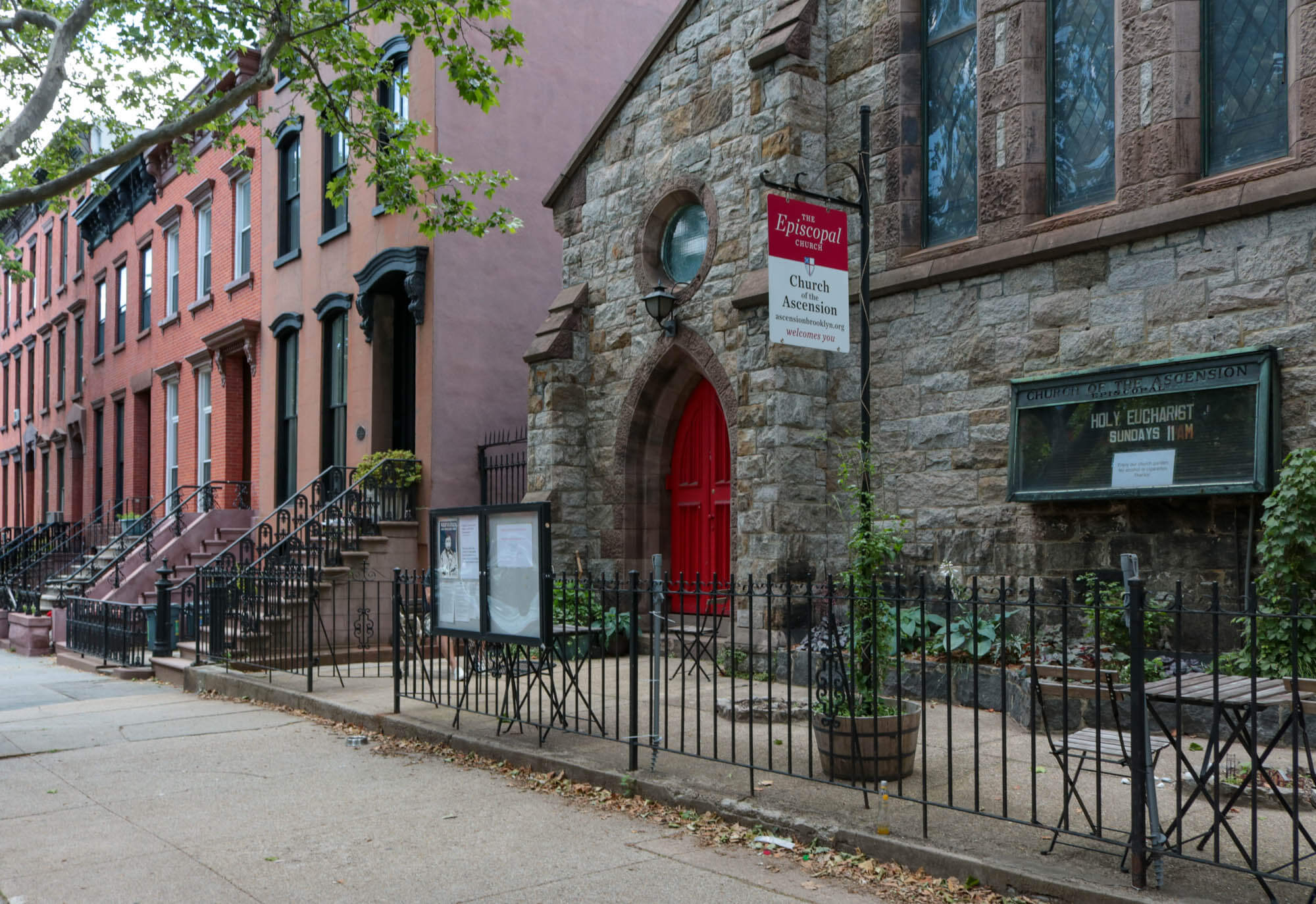
As far as we know, this is Henry C. Dudley’s only Brooklyn church. He would go on to design fine English style Gothic Revival churches elsewhere in the city: St. James Episcopal in the Fordham section of the Bronx, St. George’s Episcopal in Flushing, and St. Mary’s Episcopal on Staten Island.
All were built between 1852 and 1856. Dudley, either with his partners Frank Wills or Frederick Diaper, or by himself, would design more than 20 churches now on the National Register. His churches stretch from Troy, N.Y., to Alabama, with one in Minnesota. He got around.
[Photos by Susan De Vries]
Related Stories
- A Spruced-Up Greenpoint Wood-Frame Italianate Delights the Eye
- The Swiss Chalet of Greenpoint (Photos)
- An Obvious Observation by 17th-Century Sailors: How Greenpoint Got Its Name
Email tips@brownstoner.com with further comments, questions or tips. Follow Brownstoner on Twitter and Instagram, and like us on Facebook.

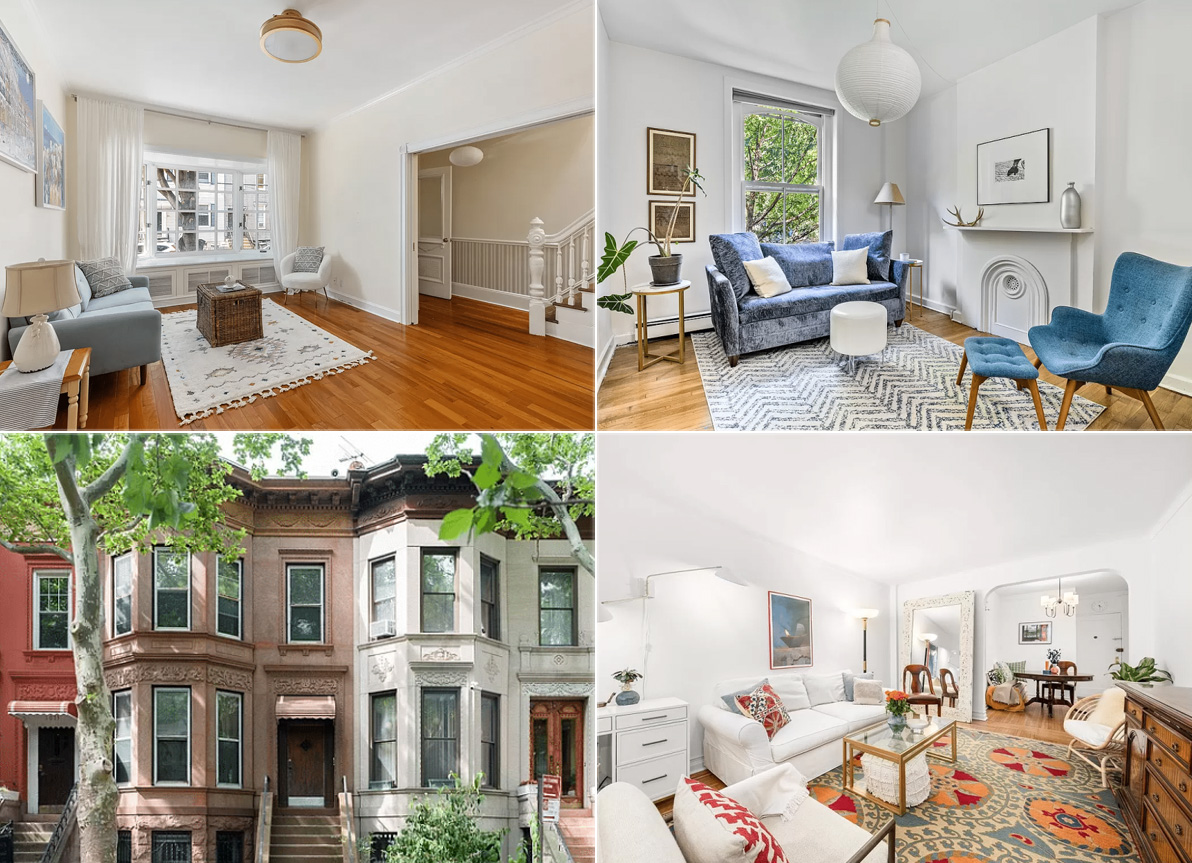
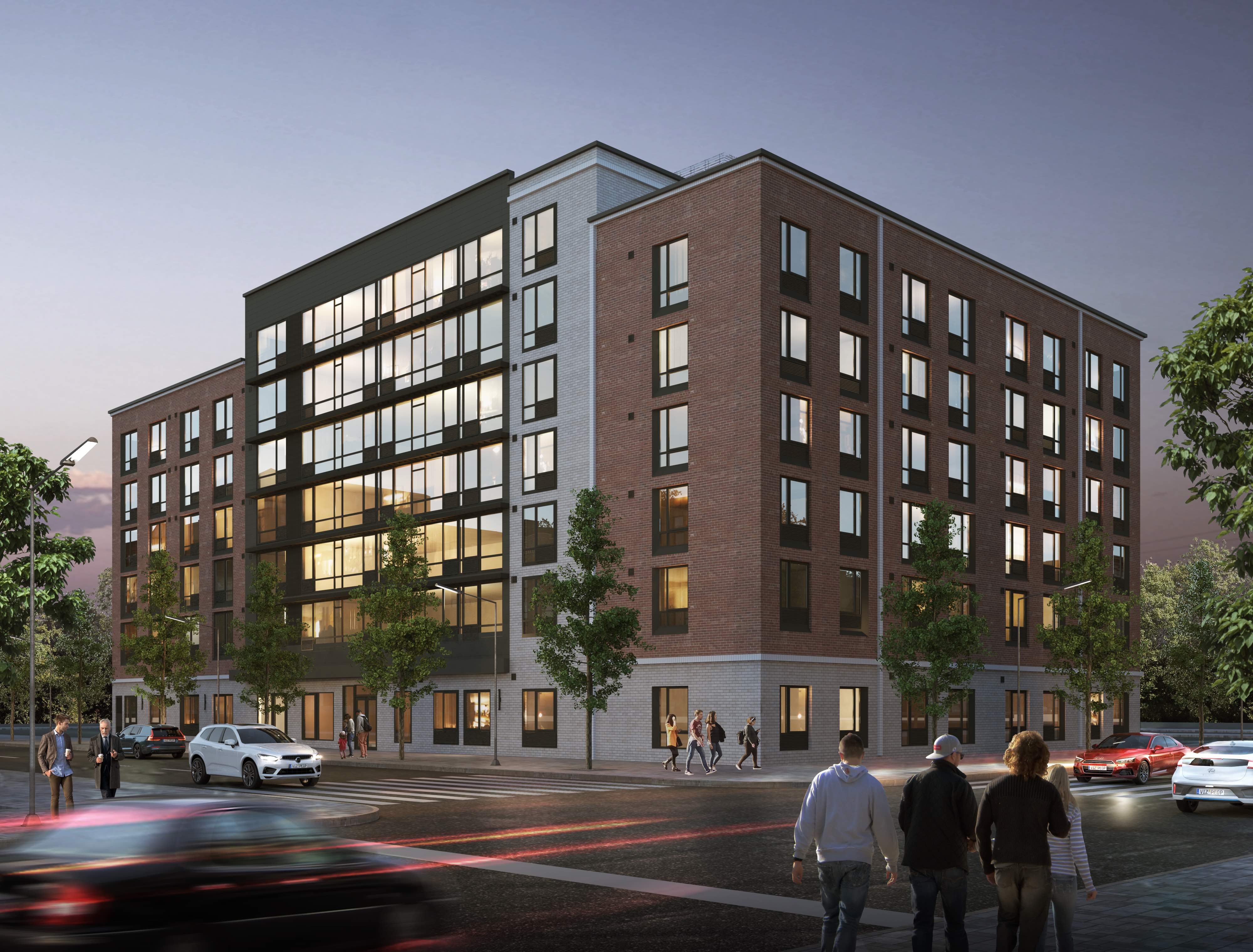
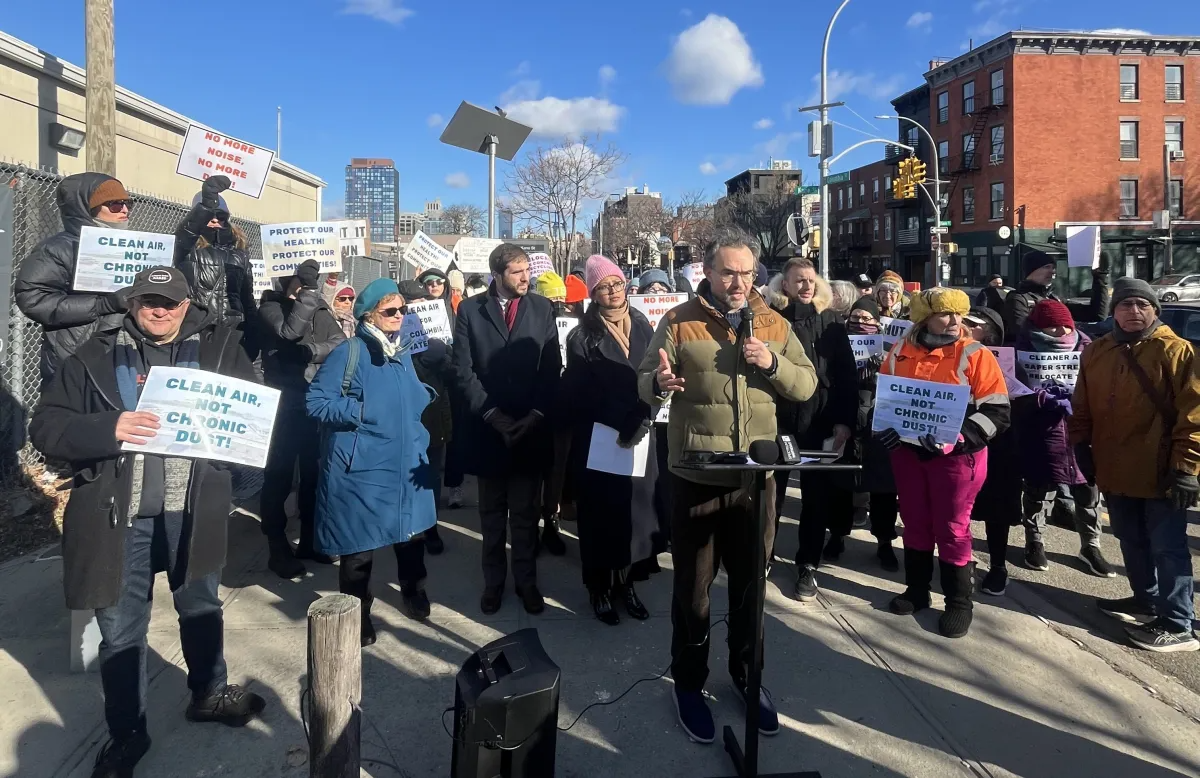
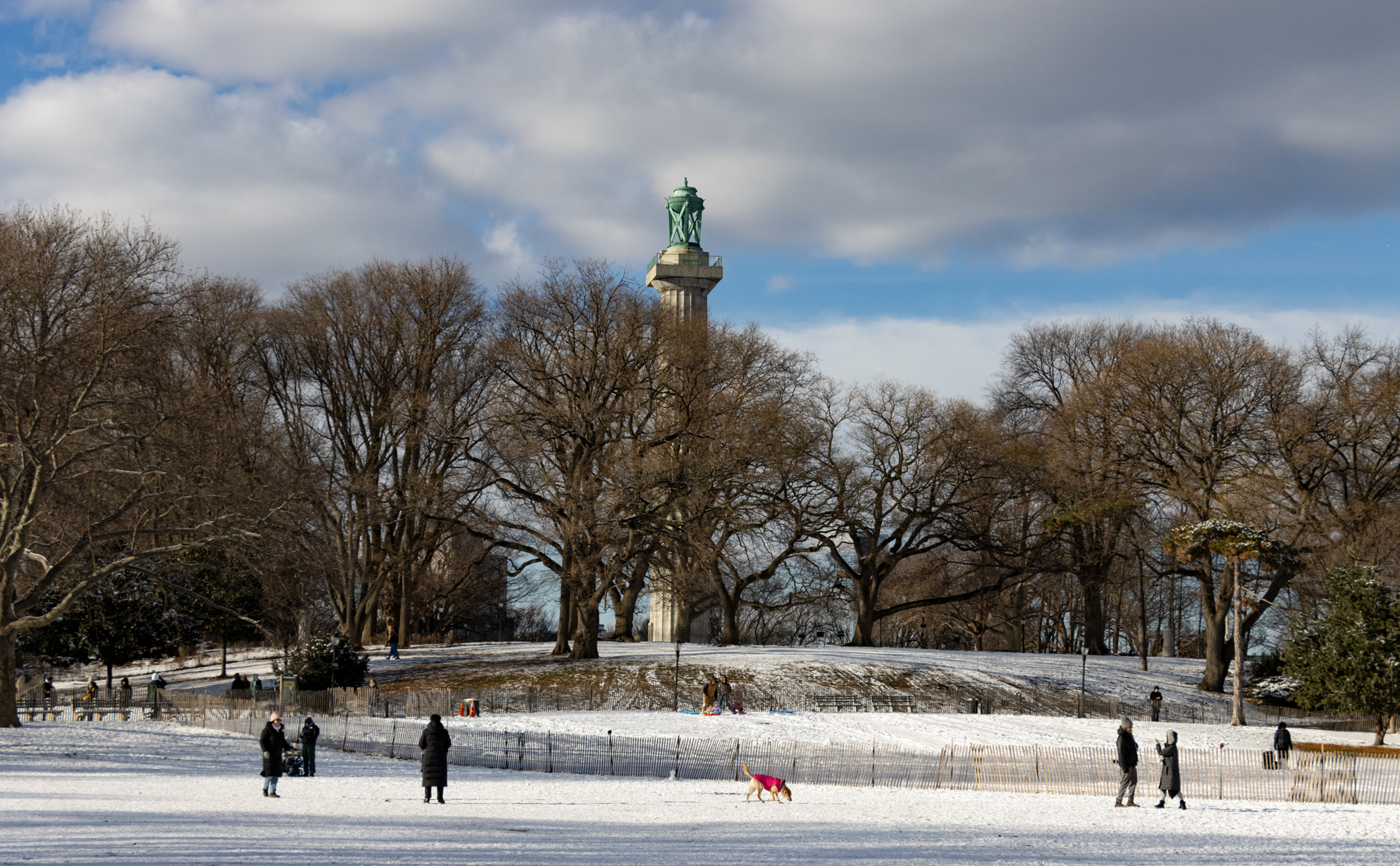




What's Your Take? Leave a Comment